The Most Efficient Engine On Earth
Blood is the only liquid tissue in the human body. Composed of both red and white blood cells, plasma, and clotting agents called platelets, blood acts a messenger to all reaches of the body. It carries a number of things including nutrients, oxygen, and hormones while assisting with thermoregulation and acid/base balance. It is crucial that blood is constantly circulating from head to toe. Without blood flow, brain cells begin to die after just 5 minutes. Of course, the heart is the mechanism tasked with facilitating the transport of our blood, and as long as it is doing so, the body is still alive.
The heart is essentially a pump composed of muscle and connective tissue that forces blood through vascular pathways. Weighing about 300 grams, it could fit into the palm of your hand. Despite its size, the human heart is one of the great wonders of life. In a single day, it contracts over 100,000 times pumping roughly 2000 gallons of blood. It does this tirelessly, day after day, until death. Given the average human lifespan of 79 years, the resilience of this organ is remarkable. A car engine is built using some of the most durable materials on earth. Steel, aluminum, titanium, and iron are used to ensure strength and stability. In spite of this, one would be fortunate to own a car for 20 years without an engine failure; that is 20 years of discontinuous use. An average human heart pumps four times longer without ever stopping for even a momentary breather.
A Hard Working Muscle
As a muscle, the more the heart is exercised, the stronger it becomes, lessening the number of pumps required to transport the same amount of blood. For an average, sedentary adult at rest, the heart rate lies between 60 and 100 beats per minute. Meanwhile, the conditioned heart of a highly trained athlete could beat as little as 40 times in one minute while at rest, over twice the efficiency of the high-end average.
The heart’s myocytes or muscle cells exit the cell cycle soon after birth meaning that the vast majority of heart cells never divide. The predominant form of heart cell growth is an increase in size, not number. Those heart cells that die with our bodies are the same ones that were with us at birth. These cellular characteristics are fundamental to the operation of the heart, but also mean that we each need to be very aware of how we treat our hearts as they are unable to recover and heal like many other parts of the body. Unfortunately, the rise of unhealthy eating habits and lack of exercise in our country is creating significant problems for our hearts— problems that are proving to be deadly.
Heart Disease: A Problematic Pandemic
Heart disease (cardiovascular disease) is a broad term used to describe a number of different heart conditions. The most common type of heart disease in the United States is known as coronary artery disease (CAD)— a disease that affects blood flow to the heart, often resulting in a heart attack if ignored.
According to the CDC, heart disease is the leading cause of death for both men and women in the United States, with the condition being responsible for 1 in every 4 deaths in our country. Over $219 billion annually is spent each year to cover the costs of health care services, medicines, and lost productivity due to fatalities relating to heart disease. The number of adults with coronary artery disease is quickly increasing, projected to surpass 20 million U.S. citizens in the coming years which is well over 5 percent of the total population.
It’s clear, that heart disease is devastating. Interestingly enough, the risk factors for this deadly condition are largely preventable. Here are just a few:
- Diabetes
- Overweight and obesity
- Unhealthy diet
- Physical inactivity
- Excessive alcohol use
You may notice, that risk factors such as unhealthy diet, physical inactivity, and obesity can be easily prevented if some consistent measures are taken. Simple adjustments to lifestyle can go a long way in combatting this deadly disease.
Let’s Work on a Solution
Although there are many treatment methods in way of medication and surgery, the most effective solution overall will be a preventative remedy as opposed to a reactive remedy. In other words, we all need to focus on the health of our bodies.
Increased attention to what we eat and taking time for moderate exercise 3-5 times per week can greatly reduce the overall incidence of heart disease and likely reduce the number of preventable deaths due to the condition. The battle against heart disease is an individual one and we can each reduce the risk of our bodies developing the condition.
At Total Health and Fitness, we work with individuals to improve their overall health through customized diet and fitness programs. A small investment of time and effort each day can add years to our lives and transform our bodies and minds in the long run. If you have any questions about how you can improve your health, we would be happy to provide you with all the tools you need.








